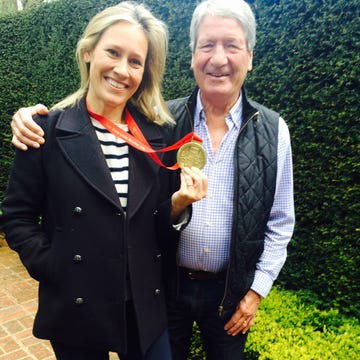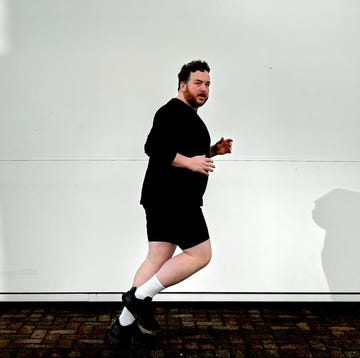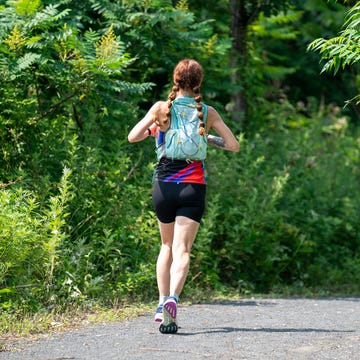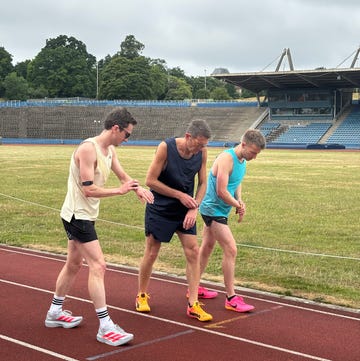Pumping your arms harder doesn’t make you faster. ‘There’s a very distinct difference between an efficient arm action in distance running and sprinting,’ says professor John Brewer, author of Running Science: Optimising Training and Performance. ‘It’s linked to Newton’s Third Law; every action has an equal and opposite reaction.’ Arm yourself with the facts:
What everyone's reading
Red: Sweep of the hand
Green: Upper-torso motion
Blue: Lower-torso motion
Steady state
In steady-state running, the arm swing is a passive process, responding to forces exerted on the torso by the legs. The movement of the spine, winding and unwinding, helps to control the legs’ momentum, decreasing the need for an excessive arm swing to do the job, thus conserving energy.
Sprinting
In sprinting, the torso is much stiffer. The faster velocity of the legs and more-extended rear-leg position create greater momentum, so the arm swing needs to be more pronounced to counter the effects. The arm action is backward and forward, with little to no movement across the body.













